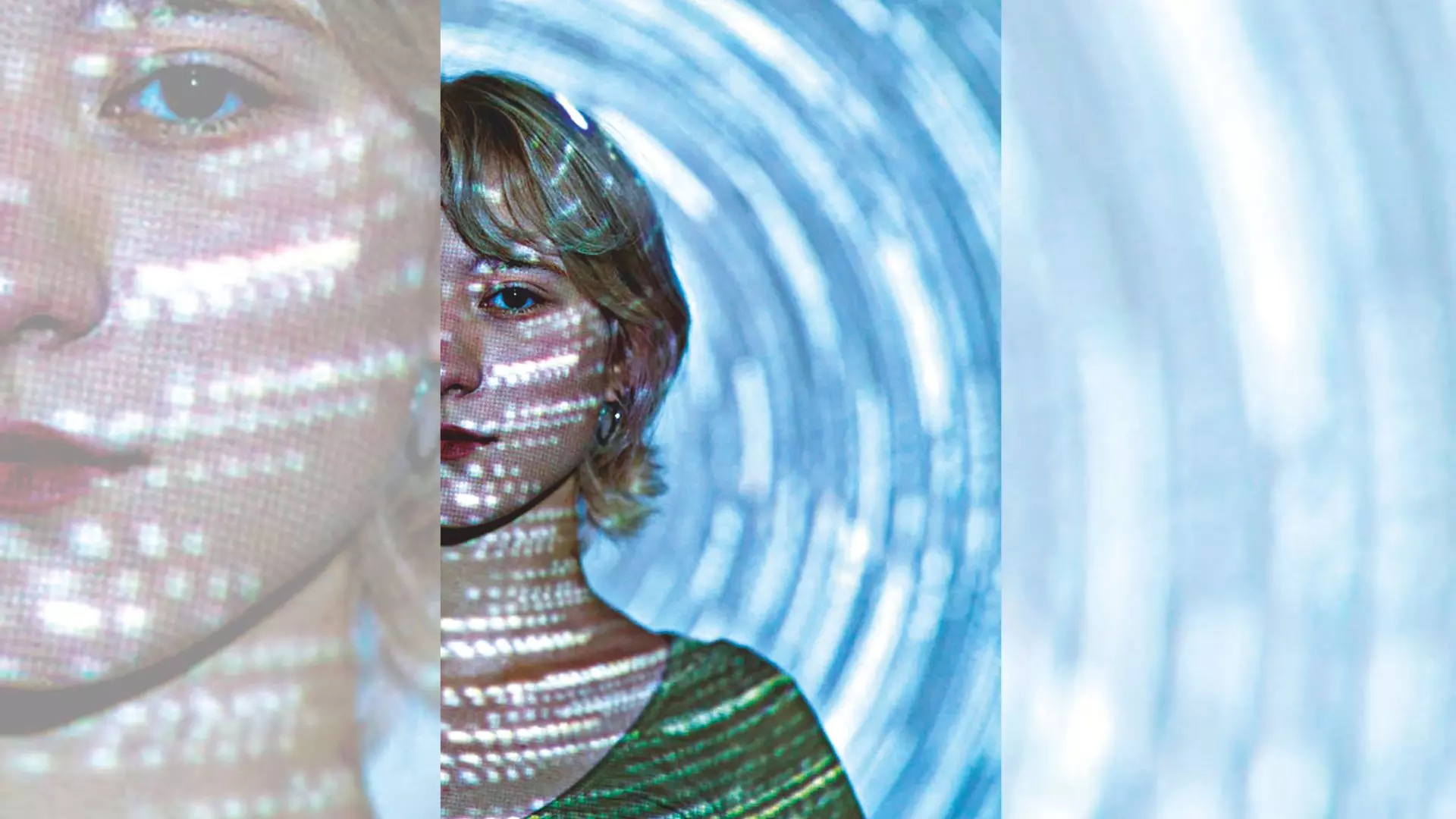AI’ve Got a Call From the Dead
Posthumous communication, once a spiritual concept now is being shaped by tech giants who are offering ways to manage accounts posthumously

When a loved person passes away it surely does leave a void filled in our hearts and homes. What if there was a way to relive those last moments along with them and hear them leave us one last message before they pass away?
Posthumous communication, once a spiritual concept now is being shaped by technologies, it can be through various recorded messages, AI-driven avatars and digital time capsules, the dead, may never truly, might not be gone.
The Last Words
The final words of a loved one often hold an emotional weight, a sense of comfort and closure. from ancient deathbed letters to humanity’s desire to bridge the gap between life and death is no longer new. In ancient Egypt letters were written to deceased loved ones and placed in tombs. The festival of Obon in Japan is a time when families welcome the spirits of their ancestors back home. Even in modern times, people visit cemeteries, leave messages on social media pages and keep voicemails of the departed as a way of preserving their memory.
Posthumous communication is now being shaped into holography, artificial intelligence and digital storage. The idea of hearing the person’s voice or messages could outlive them is no longer just a sentimental wish but a reality on redefining how we say goodbye. “I’m not sure I’d want to interact with an AI version of my loved ones. It feels like an imitation rather than the real thing. Maybe it helps some people, but for me, I’d rather hold on to real memories,”says Sarah D’Mello, marketing professional.
The Digital Touch
Digital time capsules have also become a powerful way to preserve messages. These messages ensure that even in absence, a loved one’s presence is felt the most. A father, for example, could leave a birthday message for her child for years to come. ‘’ My partner was terminally ill and we had a child together, it was quite a difficult time for us — we knew he would not be able to make it,’’ says Isha Sahani a housewife, adding, ‘’My husband kept his video for my son to see after he passed as we knew he would not be able to make it.’’
Holographic technology is another innovation pushing the boundaries. Now they are bringing back loved ones in a way that feels shockingly real. Companies are now developing hyper-realistic holograms of the deceased, allowing families to ‘’see’’ and ‘’hear’’ their loved ones again. It's a futuristic miracle where a 3D projection of a loved one can make old memories fresh again.
Social Media Afterlife
Instagram and Twitter, our digital footprints that don’t just fade away when we do. These giants are now offering ways to manage accounts posthumously. Facebook users have the option to use a ‘’Legacy contact’’ to handle their profile after they pass, while Instagram allows users to be ‘’Memorialized’’.
Some people pre-plan their final post, ensuring that they get the last word – literally. As comforting as these digital ghosts can be, they also raise some big questions. Is an AI-generated response the same as a real conversation? or does it make corporations control our afterlife data?
Psychologist Mira Desai argues, “These technologies can offer comfort and closure, but they can also blur the lines between memory and reality.’’ she adds on, “for some hearing the voice of a loved one can me healing but for others, it can be unsettling– it’s more like pressing a pause on the grieving process instead of hitting play on moving forward.’’
Creepy Mind Uploads
Now handwritten letters and video recordings no longer have the same gravity of meaning that a digital version of their loved ones could have. Our brain might allow us to upload thoughts and emotions, leaving behind not just words, but entire personalities. The real question is – would you want to hear from someone after they’re gone too? Or choose to turn the page and live life the way it’s supposed to be lived? Either way, one thing is for sure the way we say goodbye is changing, and maybe in the future we don't really have to.
